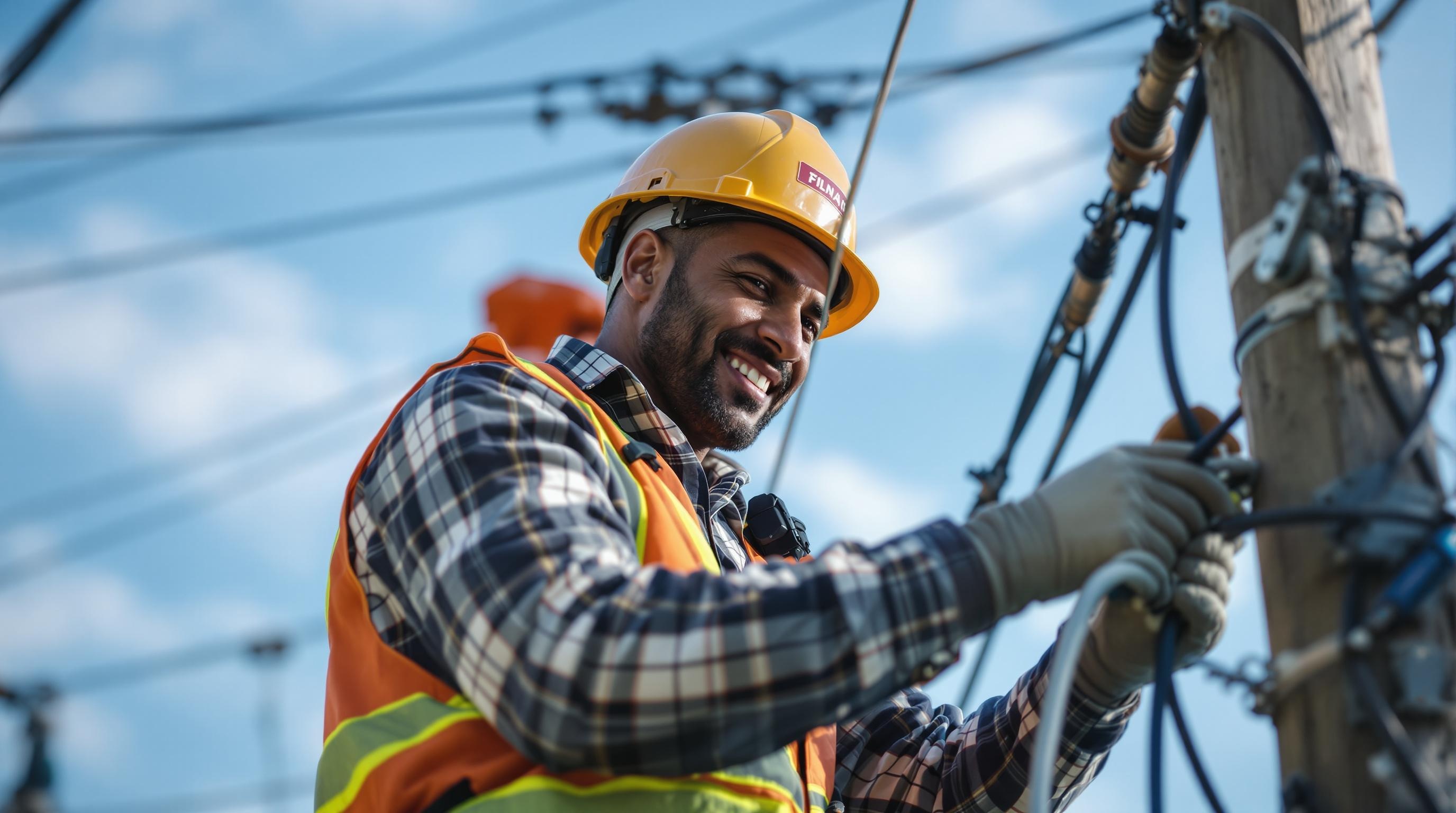A welder joins metal parts by using heat and tools to melt and fuse materials. Welders read blueprints, set up equipment, and inspect completed welds for strength and precision. They work in industries like construction, shipbuilding, and manufacturing, following strict safety standards and technical specifications.
What Does a Welder Actually Do?
Welders fuse metal. That’s the job at its core. They use heat, tools, and steady hands to bond metal pieces into solid structures. This can mean building bridges, fixing pipelines, or assembling parts in a factory.
Their daily grind? It starts with blueprints and technical drawings. Once they know the specs, they grab the appropriate welding equipment, set everything up, and start welding. They align components, manage molten metal, and keep a close eye out for defects. Every weld must hold up under pressure and pass strict inspections.
You’ll find welders on construction sites, in manufacturing plants, and inside fabrication shops—sometimes in tight corners or on tall scaffolds. This is a hands-on job where physical strength, precision, and focus matter.

Key Responsibilities (Yes, It’s More Than Just Welding)
Being a welder isn’t just about sparking a torch. There’s a lot that goes into each weld. Here’s what a welder is responsible for on a typical day:
- Read and understand blueprints and technical specs before picking up a tool.
- Select the right welding process and equipment TIG, MIG, arc, or oxy-fuel, depending on the metal and job.
- Set up parts and align components to make sure everything fits like a puzzle.
- Inspect welded surfaces, checking for cracks, gaps, or weak joints.
- Follow strict safety procedures, because welding emits high heat, intense light, and toxic fumes.
There’s also post-weld work like grinding rough edges, cleaning up welds, and discovering flaws that could compromise the structure.
Welders work with everything from manual tools to heavy machinery—so knowing how to handle both is key to doing the job successfully.
Skills and Qualifications You’ll Need
Want to become a good welder, even a great one? These are the skills that separate the best from the rest:
- Manual dexterity: You need steady hands and good coordination.
- Blueprint reading: You have to understand complex technical documents.
- Welding techniques: TIG, MIG, arc, oxy-fuel know the differences and when to use each.
- Attention to detail: Every weld counts. Sloppy work could mean structural failure.
- Communication: You won’t always work alone. Teams rely on clear, fast info-sharing.
Minimum Qualifications:
- High school diploma or GED
- Completion of a relevant apprenticeship program or technical school
- A required professional certification like the AWS welding certificate
- Proven experience using tools, reading blueprints, and completing projects safely
If you’re a detail-oriented, physically capable, skilled welder who can follow directions and work under pressure, this could be your career.
How to Become a Welder (Step-by-Step)
There’s no shortcut. You earn this trade. Here’s how most welders start and grow:
- Graduate high school (or earn a GED)
- Attend a technical school or community college with a welding program
- Get hands-on through a relevant apprenticeship program
- Pass the exam for an AWS welding certificate or other required professional certification
Along the way, you’ll study topics like blueprint reading, welding process selection, metal properties, and equipment safety.
Successful completion of training isn’t just about the test—it’s about being able to safely and precisely weld components under real-world conditions.
Tools and Tech You’ll Use Every Day
Let’s talk gear. Welders work with an arsenal of tools, and knowing each one is part of the job.
Essential Welding Equipment:
- Welding machines (TIG, MIG, arc)
- Grinders and clamps
- Measuring tools like calipers and angle finders
- Protective gear: helmets, heat-resistant gloves, boots, face shields
- Heavy machinery for bigger jobs or automated processes
In modern shops, you may even interact with robotic welders or CAD-based software. But hands-on skill is still king. You need to know how to manually weld components, cut and shape metal, and operate tools that get hot and loud.
Work Environment: Hot, Loud, and Always Moving
Welders don’t sit at desks. They stand, climb, crawl, lift, and sometimes hang from harnesses. The work environment depends on the project—but expect long hours, loud tools, and serious heat.
You might work in:
- Manufacturing plants
- Construction sites
- Shipyards
- Oil fields
- Fabrication shops
Be ready for:
- Standing for hours
- Lifting heavy metal pieces
- Overhead positions and tight spaces
- Wearing full PPE
- Following strict safety regulations
If you like physical work and don’t mind sweat, sparks, or steel, this is your space. Just know—this job isn’t for those looking for clean and quiet.
Salary and Career Growth: What You Can Expect
On average, welders make $17.85/hour, but earnings can grow fast with the right skills and certifications.
Pay Breakdown:
| Experience Level | Estimated Hourly Wage |
|---|---|
| Entry-Level | $14–$16 |
| Mid-Level | $17–$22 |
| Senior/Certified | $23–$30+ |
Career Paths:
- Welding inspector
- Supervisor or foreman
- Welding engineer
- Trainer or mentor
- Technical sales for welding equipment
Some welders even start their own fabrication businesses or consult on large-scale construction projects.
With experience and credentials, you can boost your income, choose better projects, and even avoid the more physically intense fieldwork later in your career.
Welder Job Description Table
| Aspect | Details |
|---|---|
| Primary Duties | Weld, cut, grind, and clean metal; assemble or repair metal components; follow safety procedures. |
| Work Environment | Manufacturing plants, construction sites, fabrication shops; may require working at heights or tight spaces. |
| Key Responsibilities | – Read blueprints and technical drawings – Select appropriate welding methods and equipment – Set up and align components – Operate welding and cutting tools – Inspect and test welds for quality – Maintain equipment and ensure safety compliance. |
| Required Skills | – Ability to read blueprints – Knowledge of various welding techniques (TIG, MIG, arc, oxy-fuel) – Manual dexterity and attention to detail – Understanding of metallurgy – Communication skills. |
| Qualifications | – Proven experience as a welder – Relevant apprenticeship or training – Welding certifications (e.g., AWS) – Proficient in using welding and hand tools. |
| Safety | Strict adherence to safety protocols; use of PPE (face shield, gloves, etc.); knowledge of safety standards. |
| Salary | Average: $17.85/hour (varies by experience, location, and specialization). |
| Physical Demands | Standing for long periods, lifting heavy materials, working in various positions (vertical, horizontal, overhead). |
Real Answers to Real Welder Questions
Below you can find answers to common questions about this topic.
How does technology impact a welder’s job today?
Automation handles repetitive tasks, but skilled welders are still needed for custom and repair work. Many now work alongside robotic systems or even program them, adding a tech edge to their job.
What causes weld failure besides poor technique?
Welds fail from bad materials, poor prep, contamination, or design flaws. A welder must do more than weld—they have to think critically and check every element of the job.
How do welders stay healthy with all the fumes?
They wear PPE, use ventilation systems, and follow hygiene rules. Some rotate tasks or take breaks to reduce long-term exposure. Safety habits are non-negotiable in this trade.
What’s next after being a welder?
You can become a welding inspector, supervisor, engineer, or teacher. Others get into sales or product design for welding gear. If you learn, grow, and certify, the ladder is wide open.
Wrap-Up
Welding is tough, skilled work. It takes grit, brains, and training, but it pays off with stable work, solid pay, and a path for growth. Whether you’re fresh out of school or shifting careers, if you like working with your hands, reading plans, and building real things, welding might just be the trade for you.







